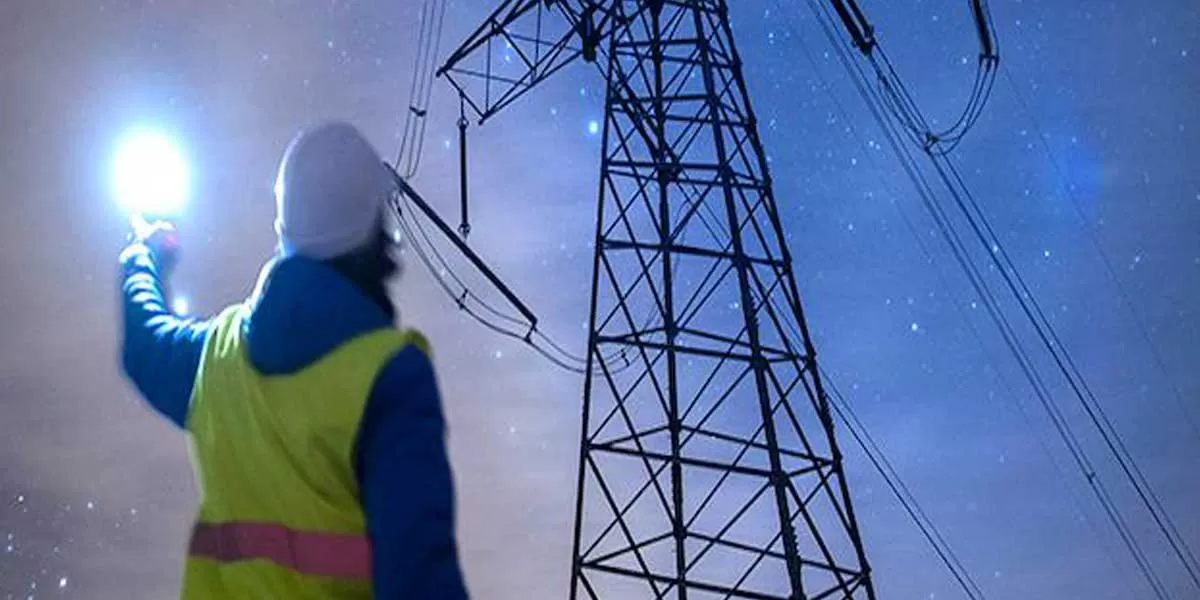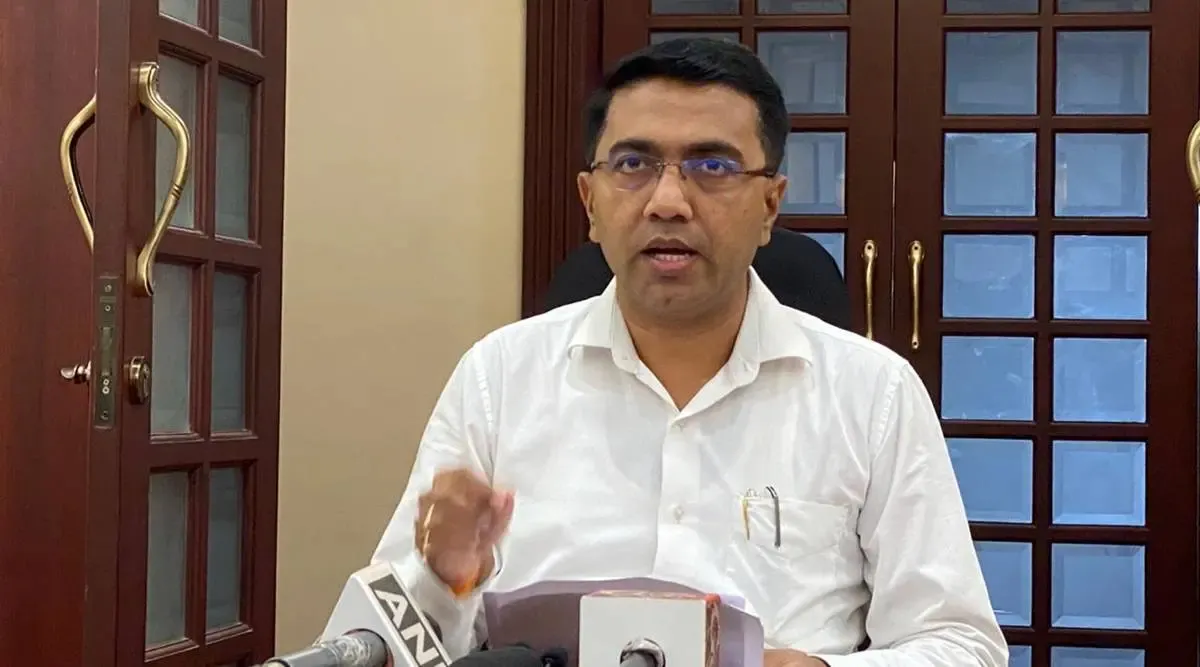
UP government aims for state self-reliance in electricity production

Maiden Forgings Becomes Approved Supplier to OFB Murad Nagar
Maiden Forgings Limited (MFL), one of India’s leading producers of bright steel bars and wires, has been officially registered as an approved supplier with the Ordnance Factory Board (OFB), Murad Nagar, under the Centralised Vendor Registration process.This recognition adds to MFL’s existing registration with OFB Kolkata, marking another strategic step in its deepening engagement with India’s defence manufacturing ecosystem. With this new approval, the company strengthens its foothold in the Business-to-Government (B2G) segment and expands its participation in the nation’s defence prod..

Goa Advances Sustainable Future with Scientific Waste Management
Chief Minister Pramod Sawant reaffirmed Goa’s commitment to strengthening environmental sustainability through scientific and responsible waste management practices. He highlighted that the Common Hazardous Treatment and Storage Facility has become a key element in ensuring the safe, efficient, and sustainable management of hazardous waste across the State. Sawant said the state-of-the-art facility not only addresses critical environmental challenges but also supports local employment, with nearly 80 per cent of its workforce comprising Goan youth. He added that the State’s environmenta..

Andhra Pradesh Showcases Smart City Vision at Barcelona Expo
Andhra Pradesh will spotlight its pioneering Smart City development initiatives at the 14th Smart City Expo World Congress (SCEWC) 2025, being held from November 4–6 in Barcelona, Spain. The State’s innovative projects across four key smart cities will focus on AI-driven solutions for sustainable urban growth. S Suresh Kumar, Principal Secretary of the Municipal Administration and Urban Development (MAUD) Department, will represent India as a distinguished speaker at the congress. He will lead a three-member delegation comprising Greater Visakhapatnam Municipal Corporation Commissioner Ke..
















